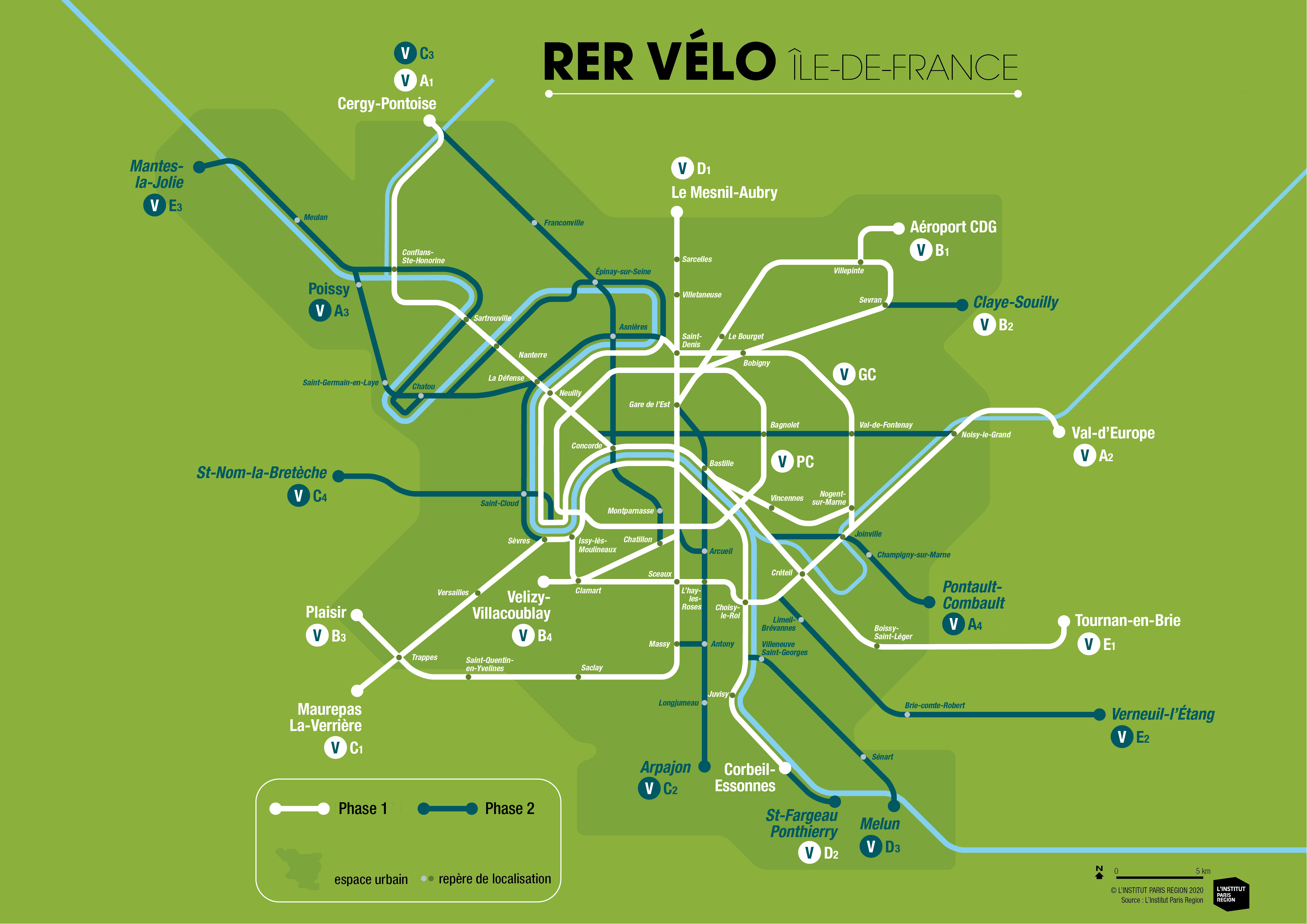Good practices of energy sufficiency in the Paris region
The Paris Region Institute’s Energy and Climate department (AREC) has instigated several actions to develop and promote systemic energy sufficiency measures. The goal of these measures is ultimately to reduce energy consumption by 10% over two years.
Featured Organisations

Paris Region Institute

© Davyn Ben via Unsplash
EU countries agreed on a mandatory target to reduce electricity consumption by 5% at peak hours and measures to cut gas demand ahead of the winter in order to face the energy crisis. In France, the Government launched in October a so-called energy sufficiency plan with the objective of reducing consumption by 10% in 2 years. This calls for two remarks to be made:
- Energy sufficiency is an approach that aims to reduce energy consumption through changes in behaviour, lifestyle, and collective organization. The national plan is based on a set of sufficiency, efficiency, and development of renewable energies and is not tailored for organising the market for demand reduction. Activating energy sufficiency should be prior to energy efficiency and renewable energies/energy production management.
- There is a need to develop a systemic sufficiency beyond the emergency sufficiency measures linked to the current situation. The current crisis is a window of opportunity to organise and co-construct long-term sufficiency to prepare for an uncertain future.
Actions by the Paris Region Institute (AREC)
In the Paris region, AREC has initiated a long-term reflection on energy sufficiency since 2019, targeted towards local authorities with the objective of building a desirable sufficiency. A study on the public image of energy sufficiency led to the elaboration of a serious game that will be used in a support process to help local authorities in the creation and implementation of their energy-sufficiency strategies.
IMAGINAIRG’Y is a workshop kit developed for local authorities which proposes to mobilise imaginations to envisage new actions in favour of energy sufficiency with the contribution of all stakeholders. By projecting ourselves into two speculative futures (The Great Renunciation & Climate Justice), we are invited to invent the measures, solutions, and other initiatives that have made it possible to achieve acceptable and popular energy sufficiency in each of these futures. This will suppose that local authorities will have to work on their history, their cultural heritage, the geographical characteristics in order to imagine a new and positive storytelling.
Different forms of sufficiency
Highlighting best practices in the region through workshops, sensitization events, and site visits is the second axis of AREC’s works. This allowed the institute to carry out the regional energy sufficiency overview map. It shows several examples of:
Dimensional sufficiency: The correct dimensioning of facilities in relation to their conditions of use (the use of vehicles adapted in weight, volume, and power to the use of local and inter-urban travel);
(Management of) Uses sufficiency: The proper use of equipment with a view to reducing consumption (the speed limit on the road). This one is often linked to sensitization and training.
- One way that sufficient use was promoted was through a travelling educational apartment. There, citizens were taught how to reduce the consumption of heating, electricity, and water. Energies Solidaires, a local energy and climate agency, converted a van and equipped it with models and posters. This van allows the agency to meet and advise people in rural areas.

Collaborative sufficiency: The mutualisation of equipment and of their use (car-sharing formulas or encouraging coworking premises).
Structural sufficiency: Creating, in the organisation of space or within our activities, the conditions for moderation in our consumption (for instance: land use planning that aims to tackle the distances travelled to work, to shops, or to increase walking and cycling).
- RER Vélo is the regional bicycle paths network developed by the Regional Council. The “RER” line is a suburban cycle path network that will make it easier for commuters to bike into the city. The RER V cycle network is named after the RER train networks that link Paris with its suburbs. The plans were elaborated by the Vélo Île-de-France collective in collaboration with local authorities, and the infrastructure and works are co-financed by the Regional Council.

_________
This best practice is issued from our publication “Sustainable Regions in Action 2023”. Find out more by clicking here to discover many more best practices from FEDARENE members as well as an overview of our activities.
Share Your Best Practice
Do you have an innovative solution or best practice to share? We'd love to hear from you and feature your work.
